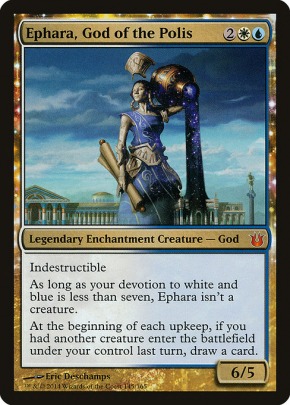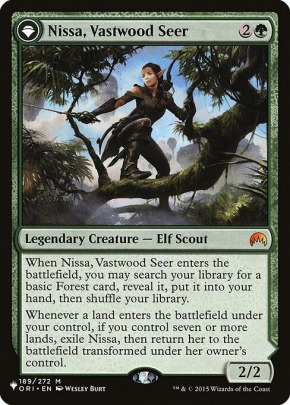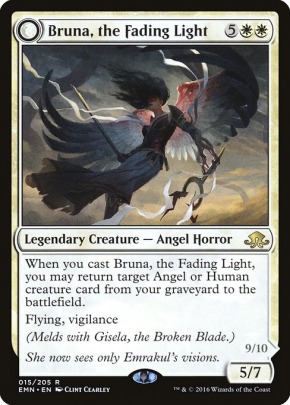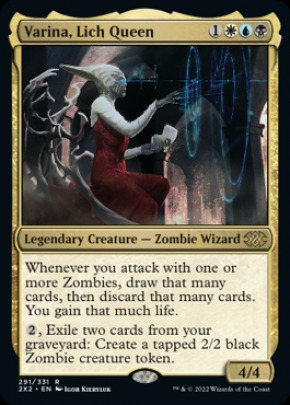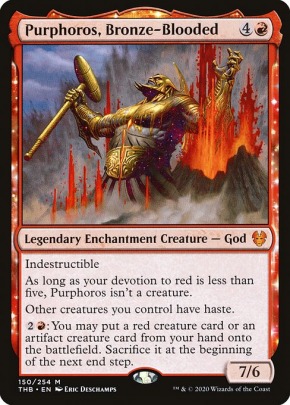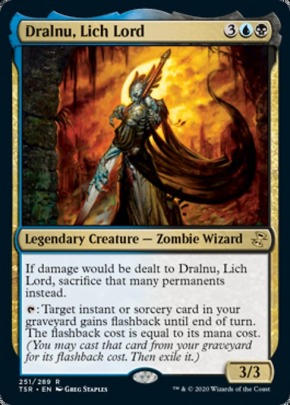If you plop your deck into one of the deck tags here, or put it on tappedout/deckbox/etc. you will get some numbers. I really like the charts here because they do average CMC with and without lands which gives you some different things to think about.
Anyway, average CMC is basically the sum of all the CMC of cards in your deck divided by the number of cards in your deck (so 260 / 100 = 2.6) or whatever.
Your typical CEDH deck will have a curve <2, sometimes under 1.5 for really linear decks.
Your typical precon has an avg CMC of around 4 (give or take, depending on theme).
So all things considered, commander decks range from 1.5 to 4 or so from a curve perspective, barring few outliers (e.g. Shadowborn Apostle decks and high cmc tribal decks, or even cycling or cascade decks).
Lots of key things this number hints at, ranging from how much ramp and removal you're probably playing to when you think the game will end or be decided (critical turn).
If you take nothing else away from this, if you take your decks and put them in a deckbuilder and the numbers come out closer to 1.5 than 4 they're probably stronger. Closer to 4, probably weaker.
If you straight up plot decks on a chart:
<2 = cedh
>2<2.5 = high powered
>2.5<3.33 = medium powered
>3.33<4 = glop
>4 = blorf
You'll be probably not super far off.
If you want a couple case studies:
My Ephara deck
https://deckbox.org/sets/665530
CMC of 2.66 -- not quite right because of some free spells but close enough. This deck plays a lot of powerhouse cards and some infinite combos though, it's really right on the border between mid and high powered.
My Mangara casual deck
https://deckbox.org/sets/2845393
Definitely glop tier with 3.5 CMC and a ton of terrible cards and not much ramp, no infinite combos and a fair as heck gameplan. It'll outpower precons but it's not going to win a lot of games against a table full of the Ephara deck's power level - basically just get wrecked over and over again because it's just starting to play around turn 6 whereas Ephara is probably approaching end game around turn 6 or 7 most of the time.
My Opus thief CEDH deck:
https://deckbox.org/sets/2543861
This deck is a bit out of date and has a high curve of 1.94 for a CEDH deck because 1) it's kinda slow for a CEDH deck and 2) it's old
But if you tried to play this even with Ephara level decks you're going to be ending the game on turn 4. Mangara probably wouldn't even get to play in that kind of game, and Ephara would be way behind developing.
(Disclaimer: There's a lot of argument to be made for nonland CMC being far more representative of a deck's power, so keep that in mind. Decks that play a lot of lands will distort the math a little more than they do if you just do the nonland CMCs. The numbers are very different that way as CEDH nonland CMCs approach 1.2-1.5 for example.

